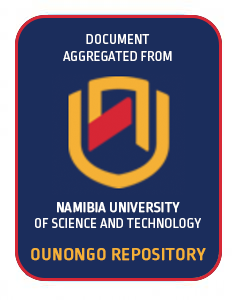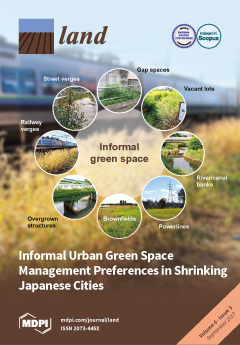Kailash sacred landscape conservation initiative – Feasibility assessment report
The Kailash Sacred Landscape (KSL) spreads across a vast region that includes remote portions of the Tibet Autonomous Region of China (TAR China) and contiguous areas of Nepal and India. This area is historically, ecologically, and culturally interconnected; it is the source of four of Asia’s most important rivers, and at the heart of this landscape is the sacred Mount Kailash, revered by millions of people in Asia and throughout the world.







